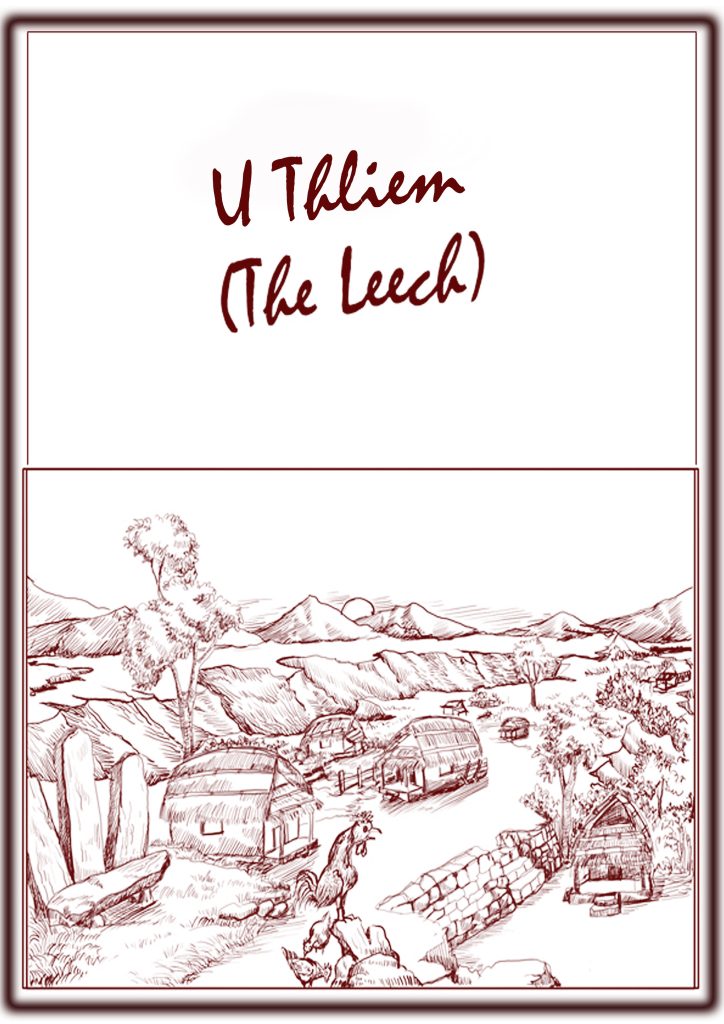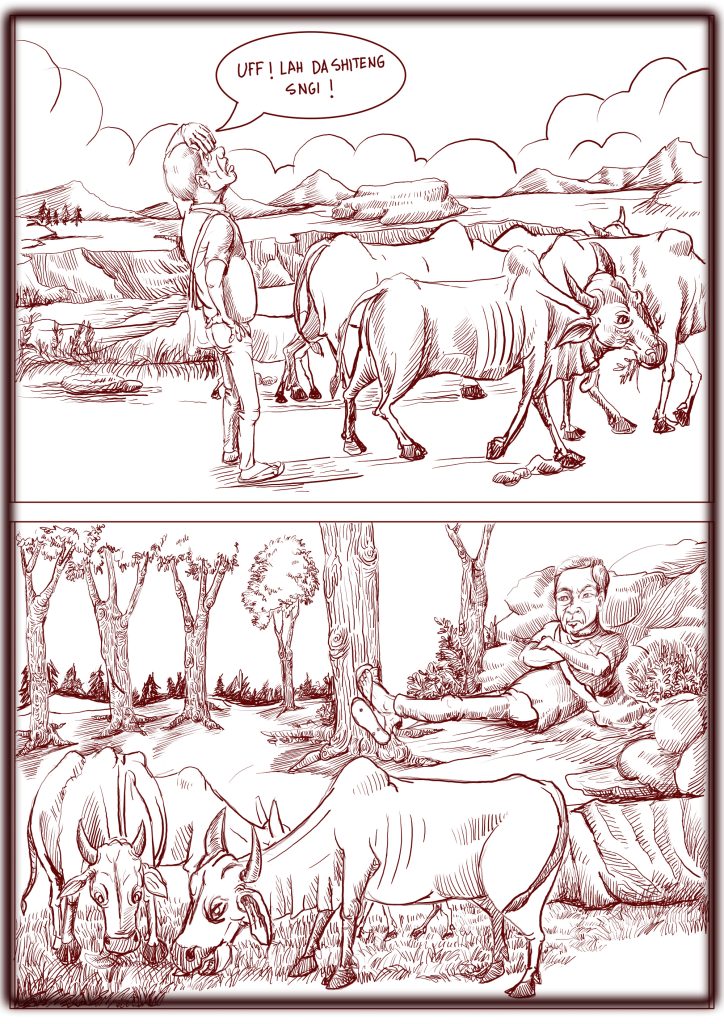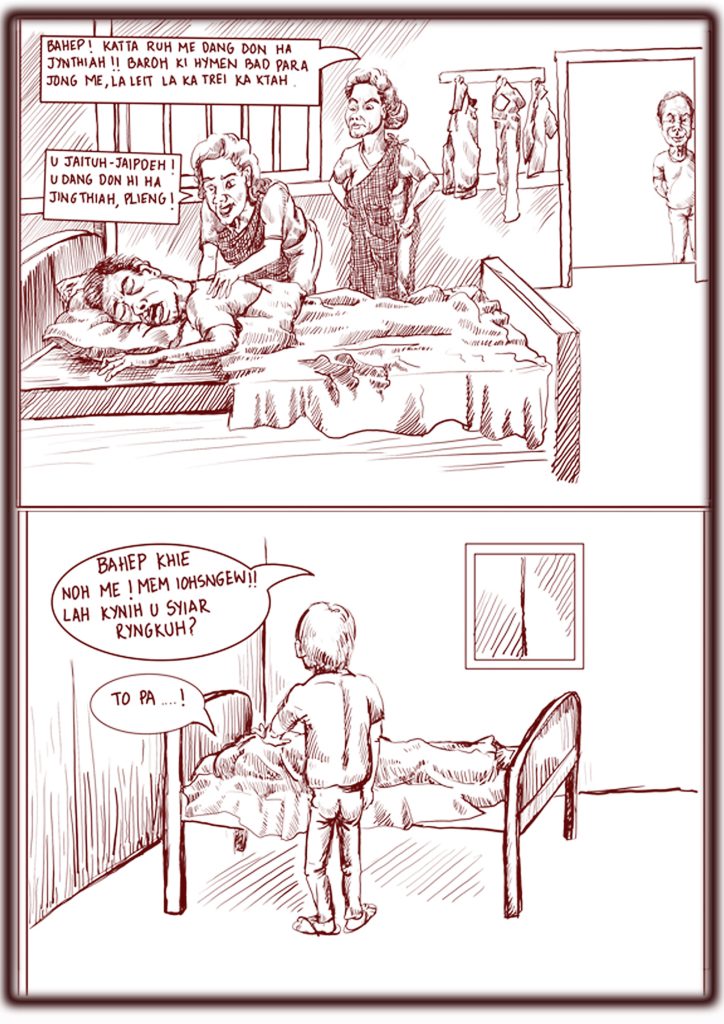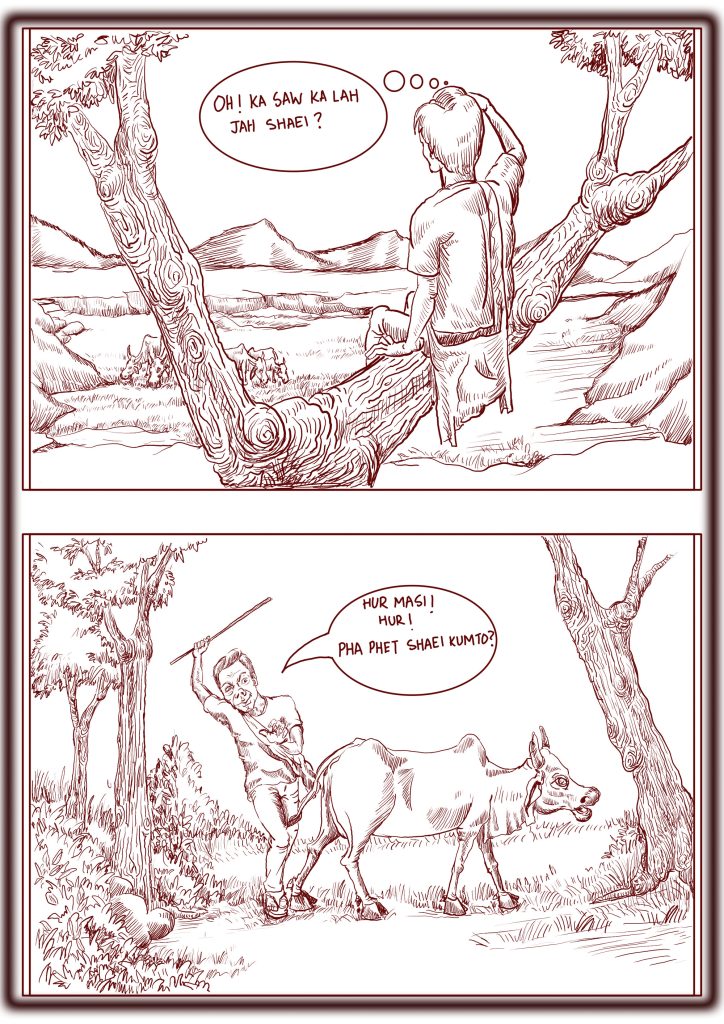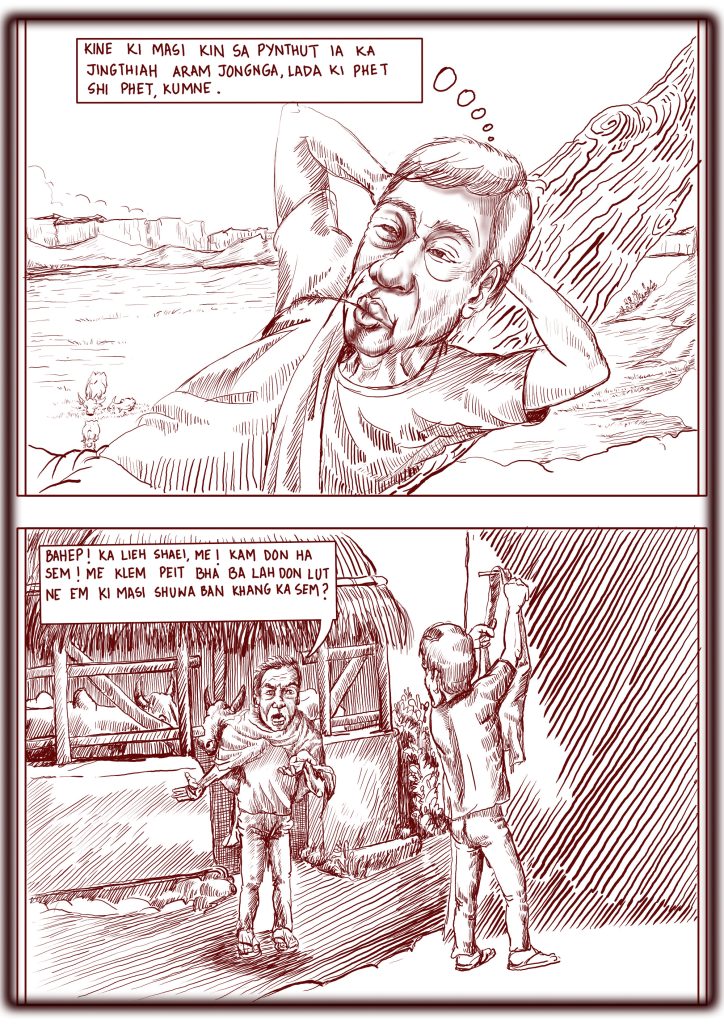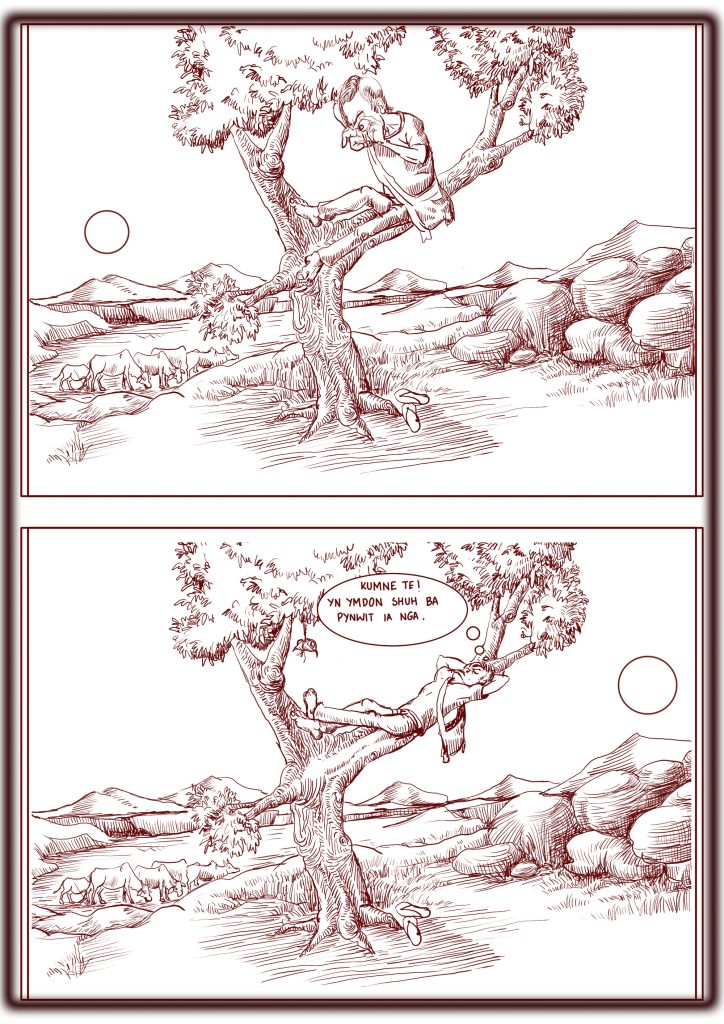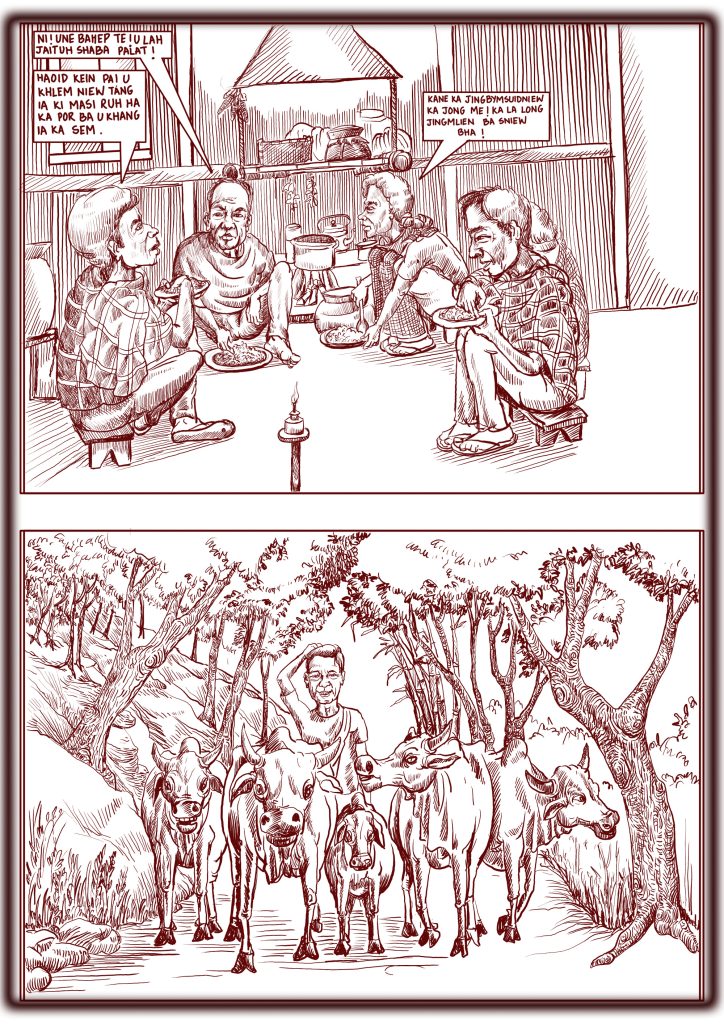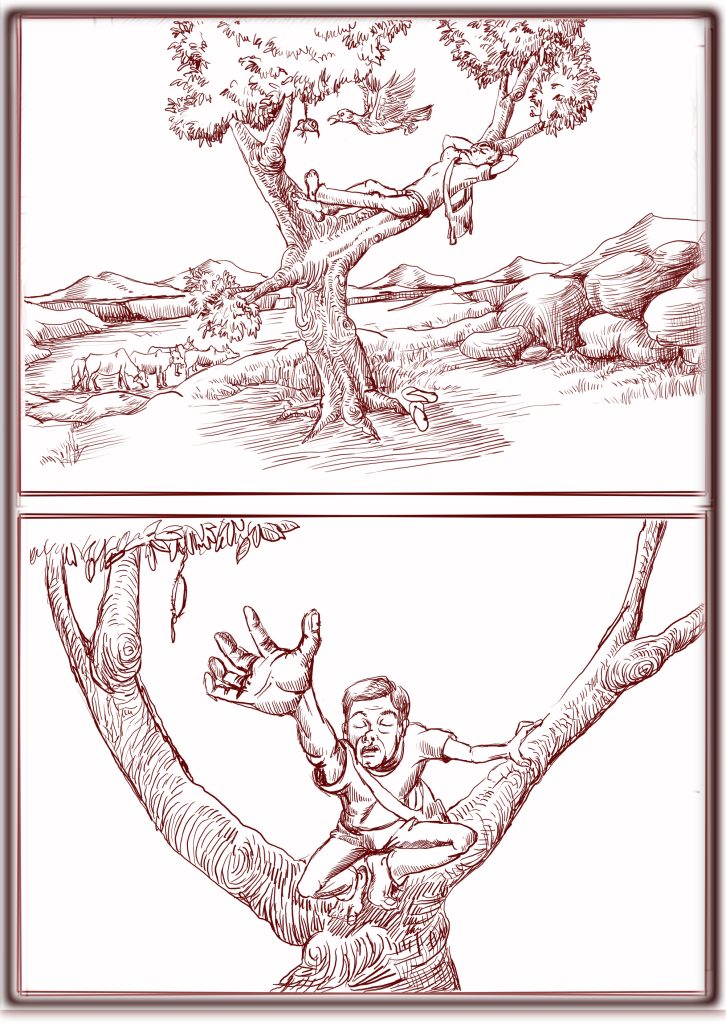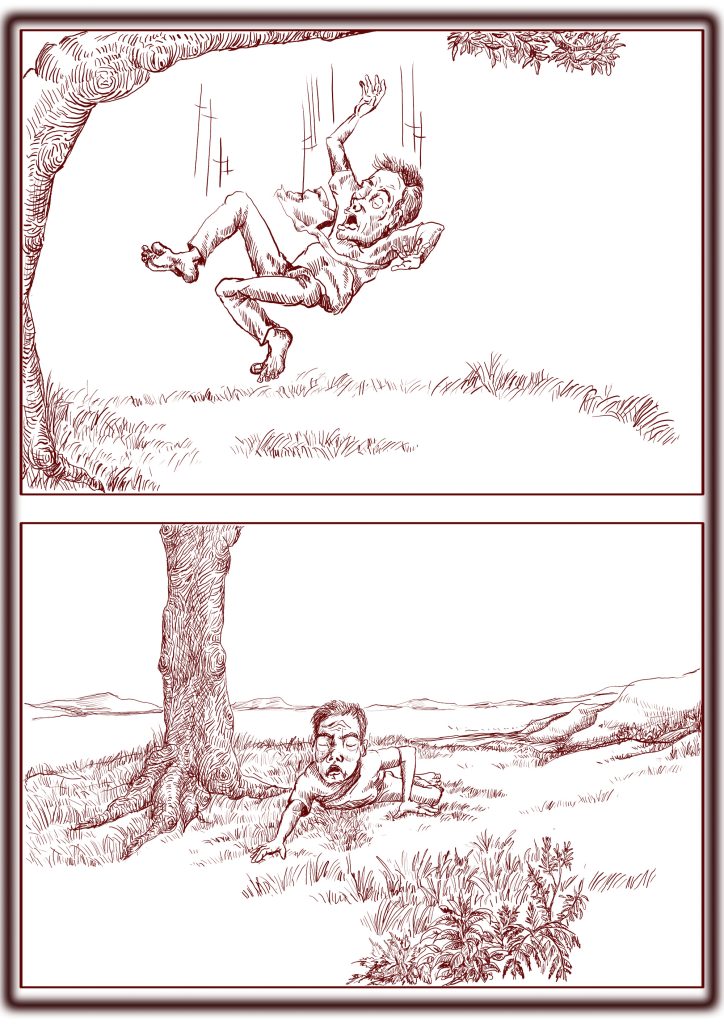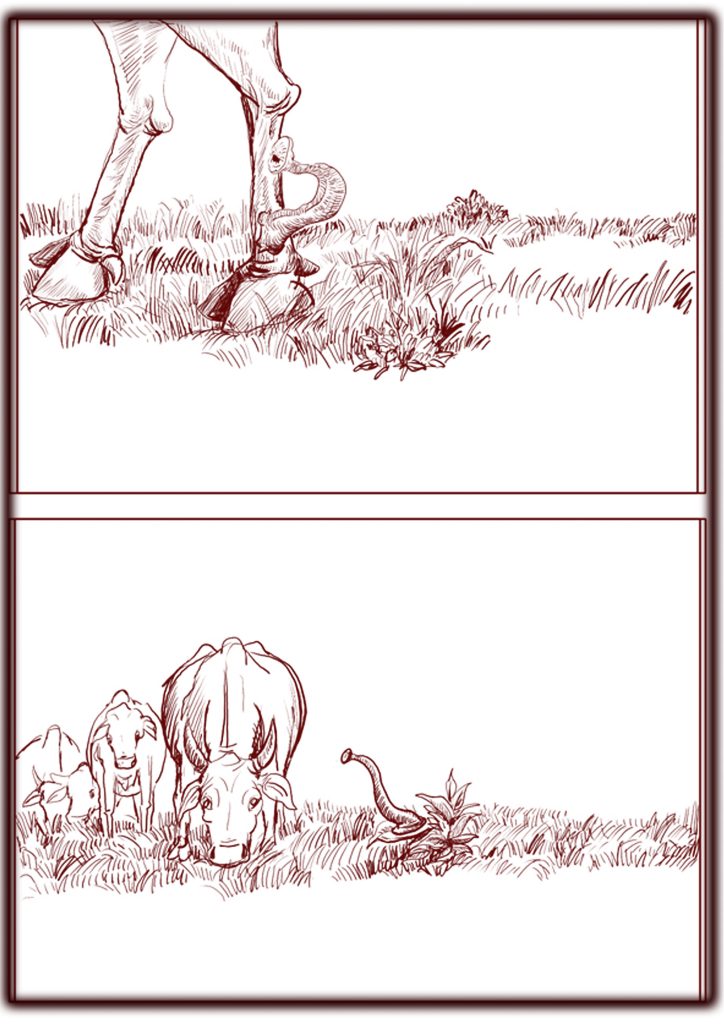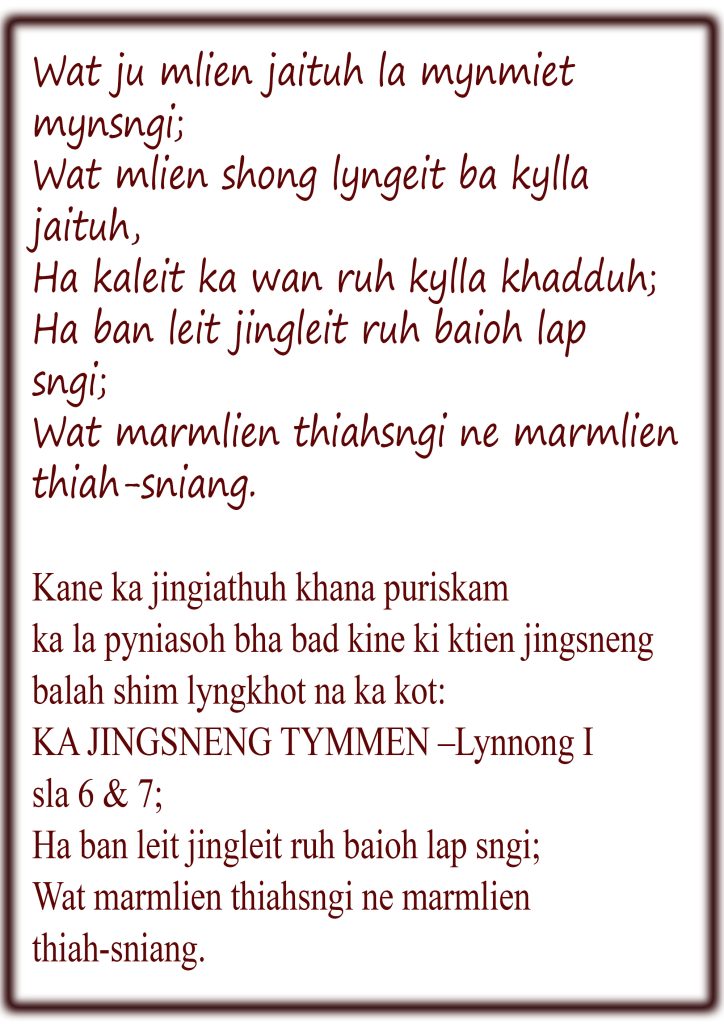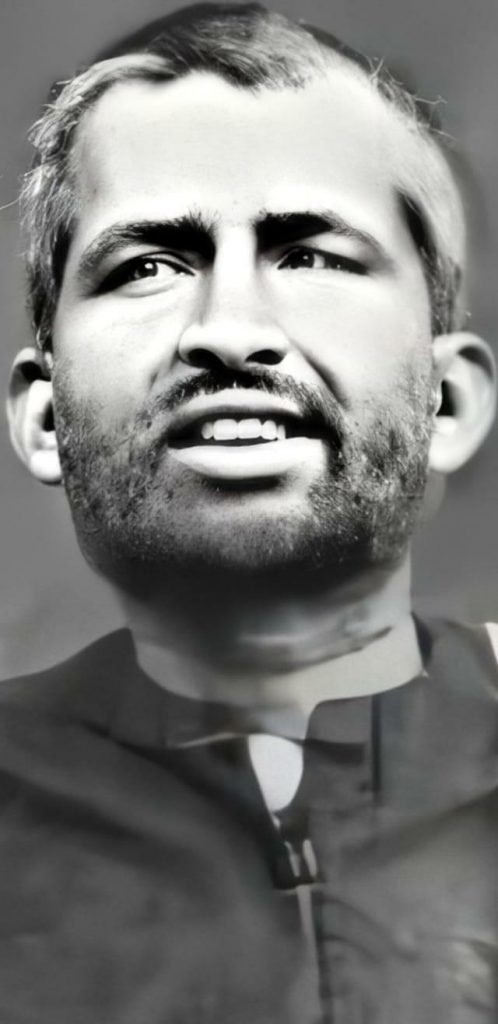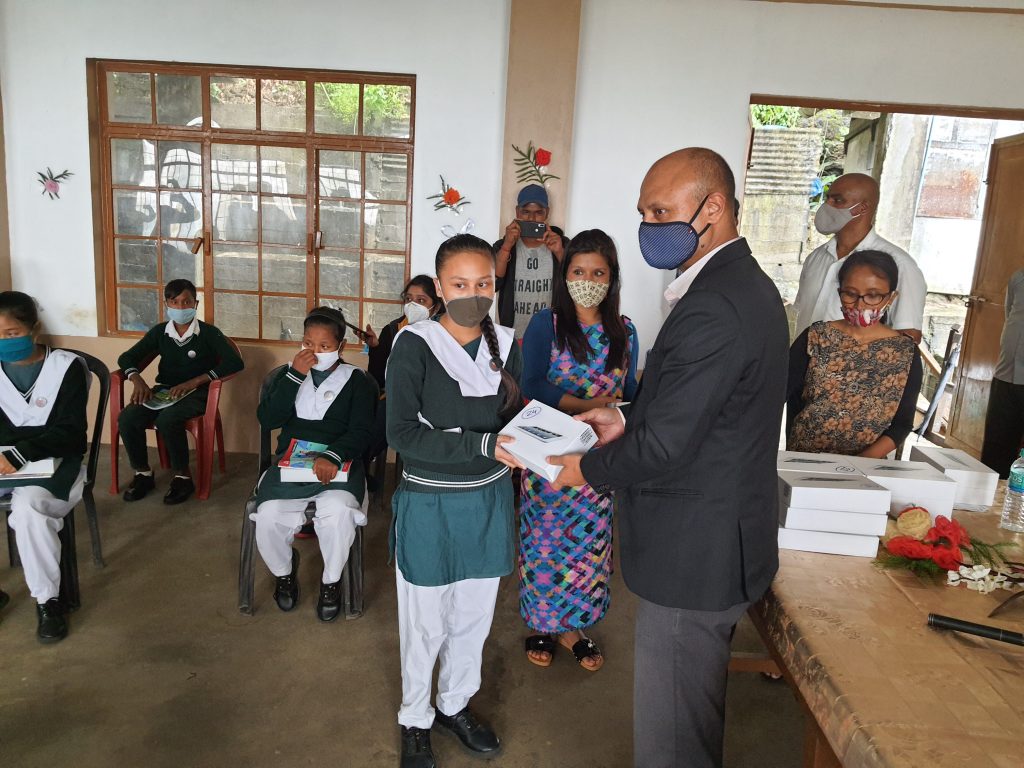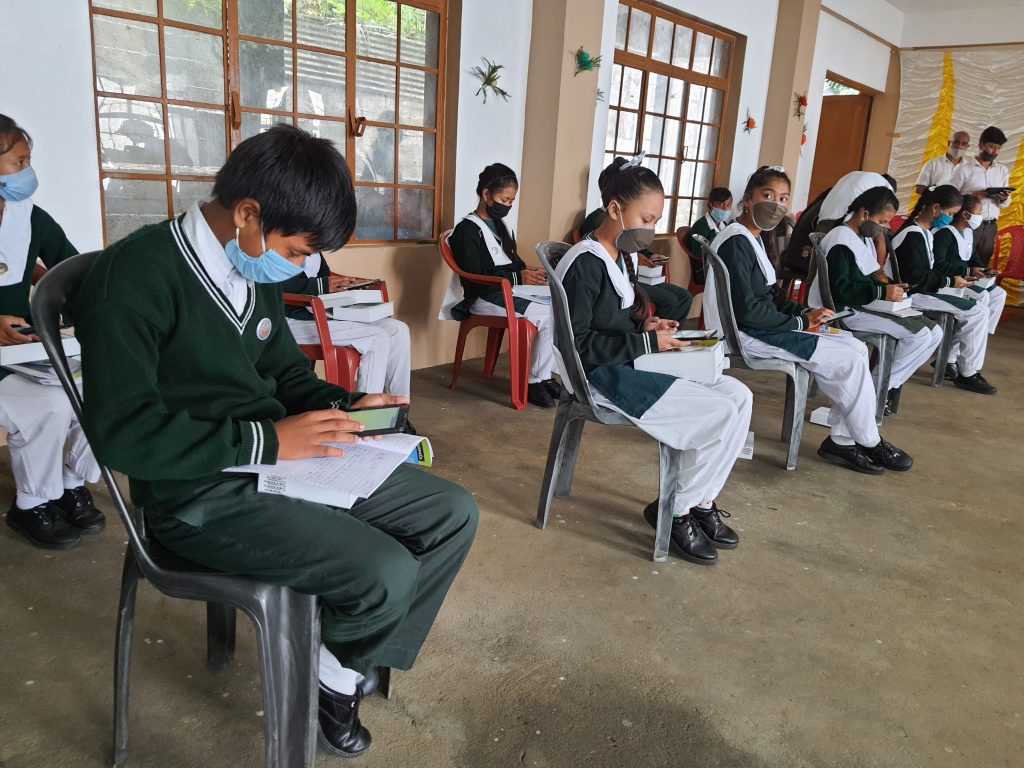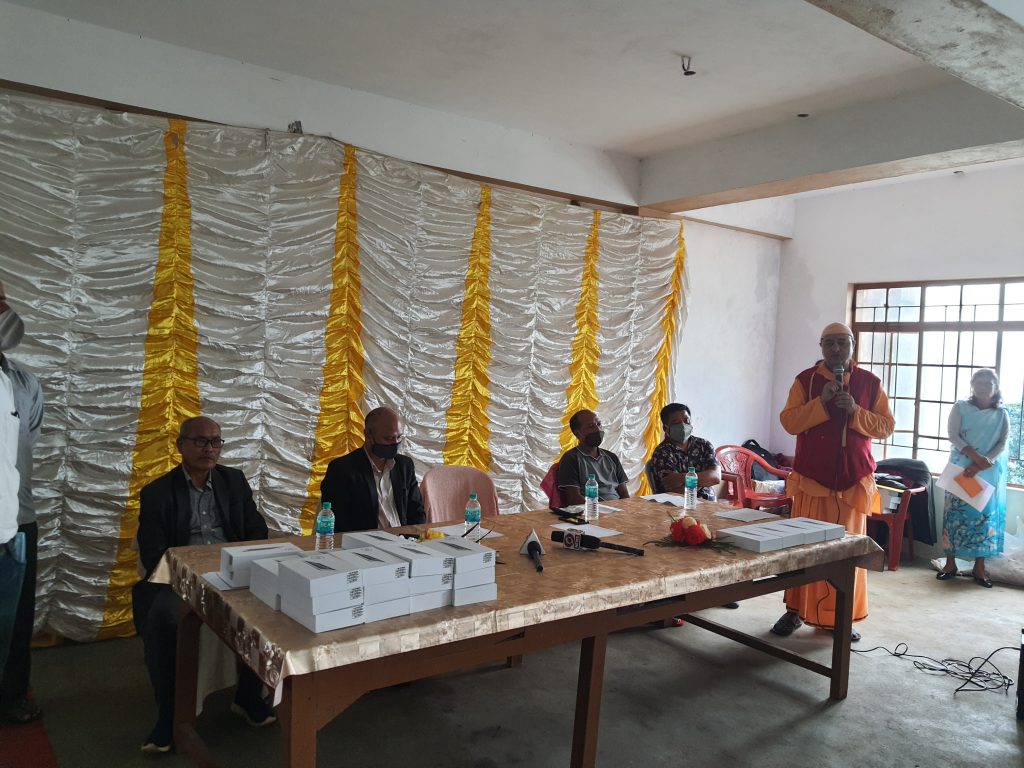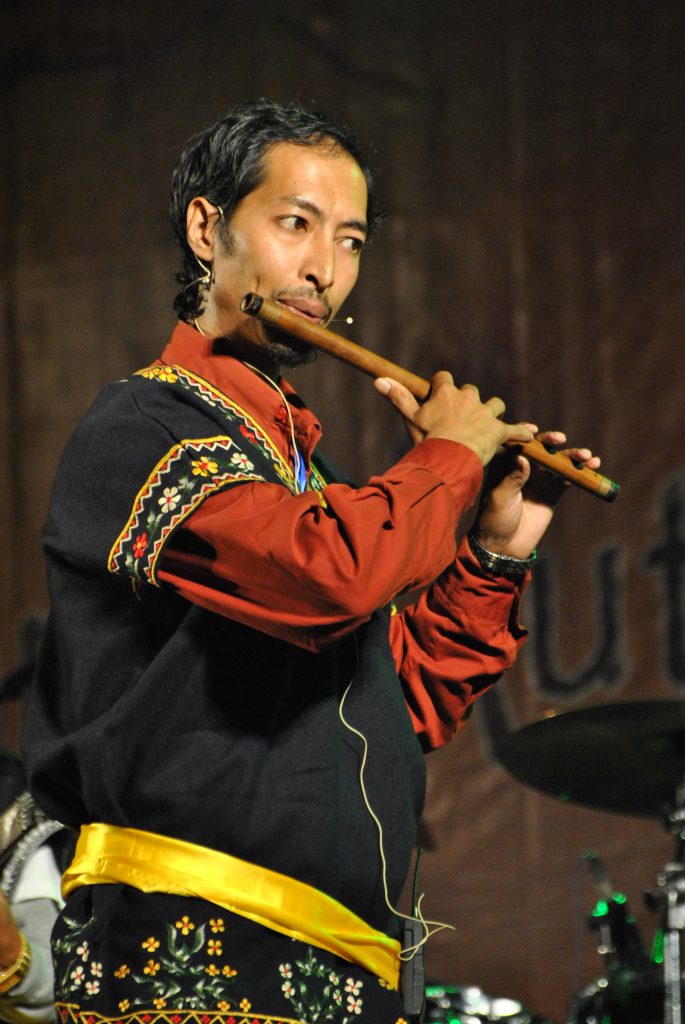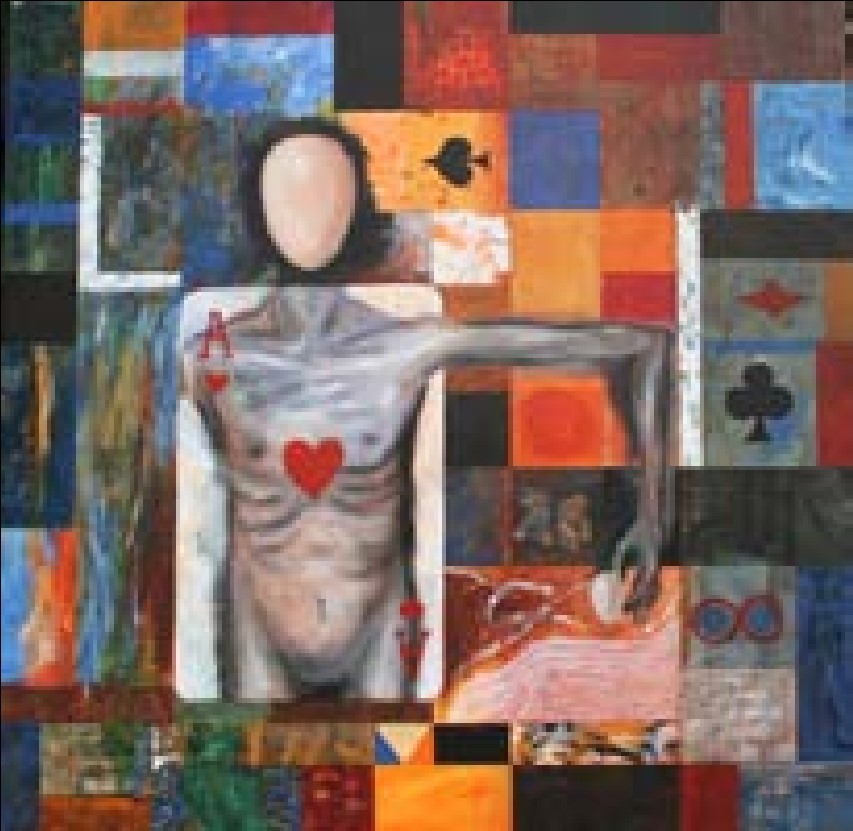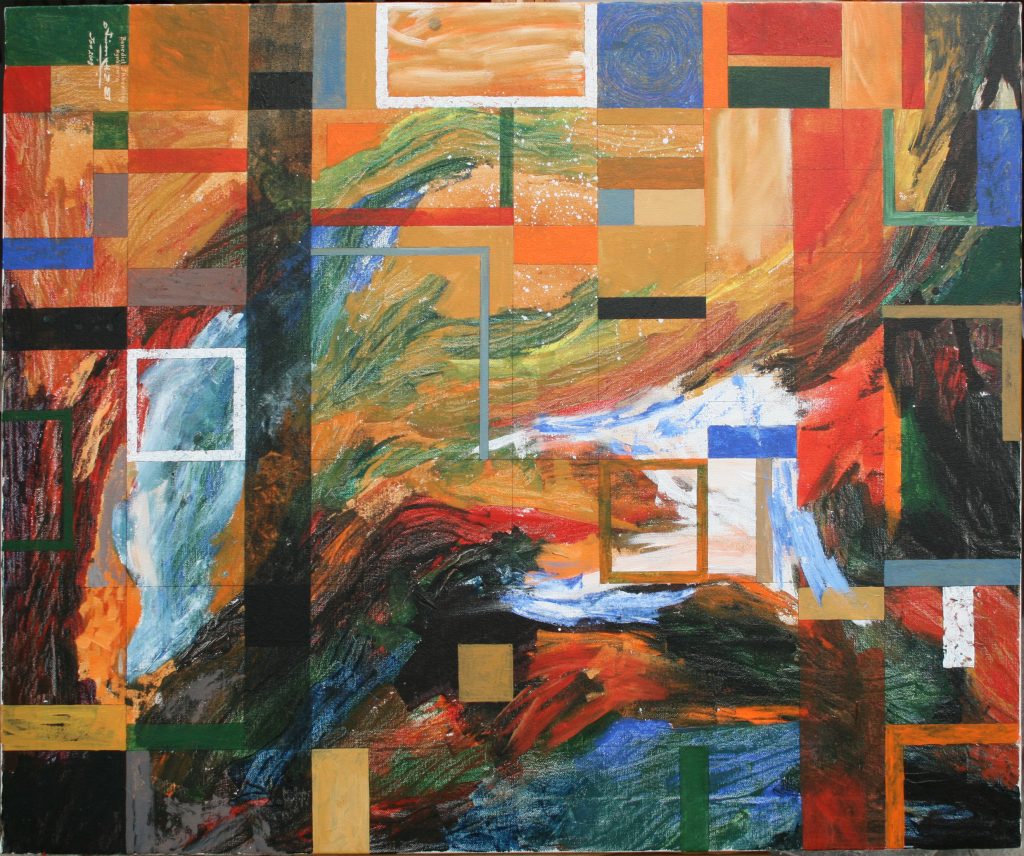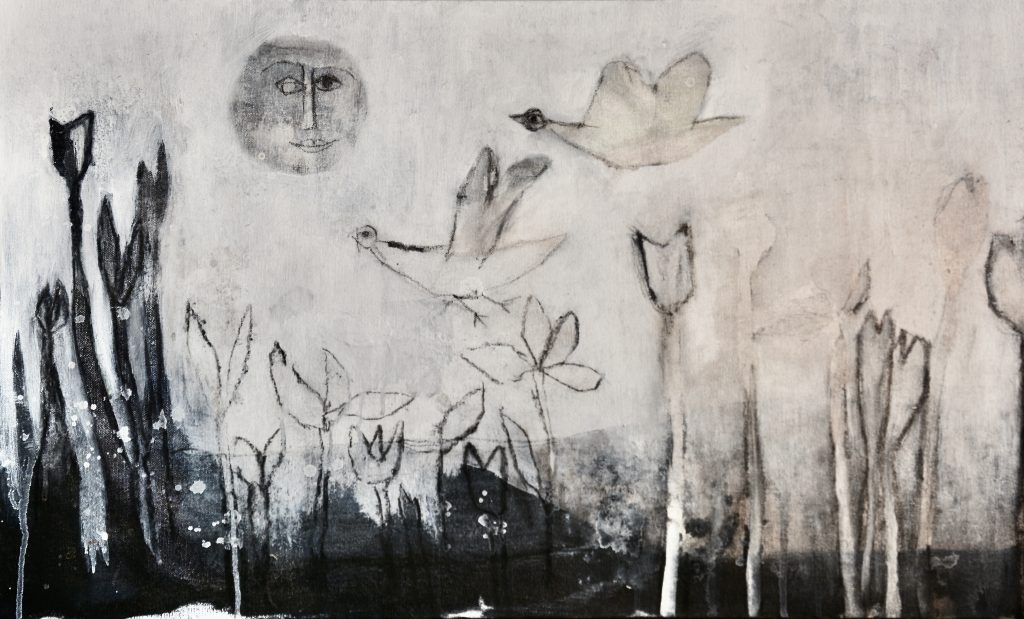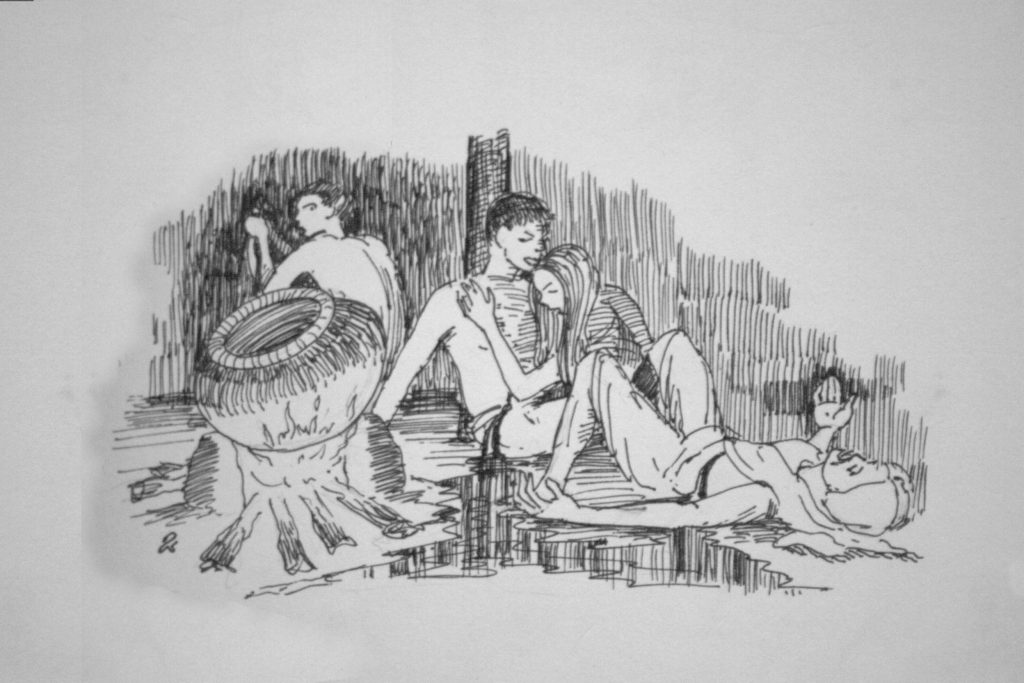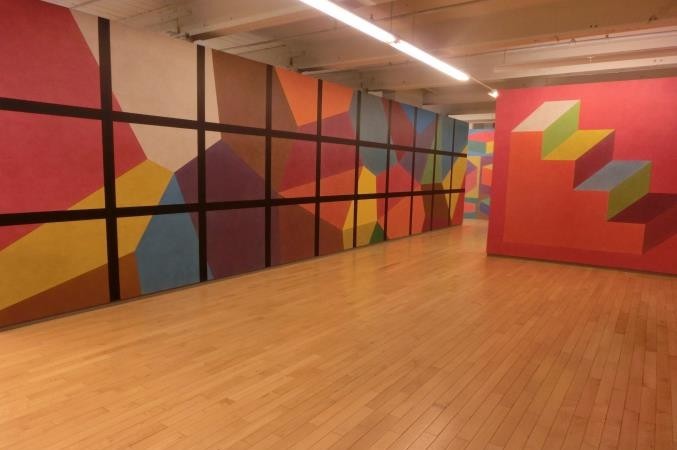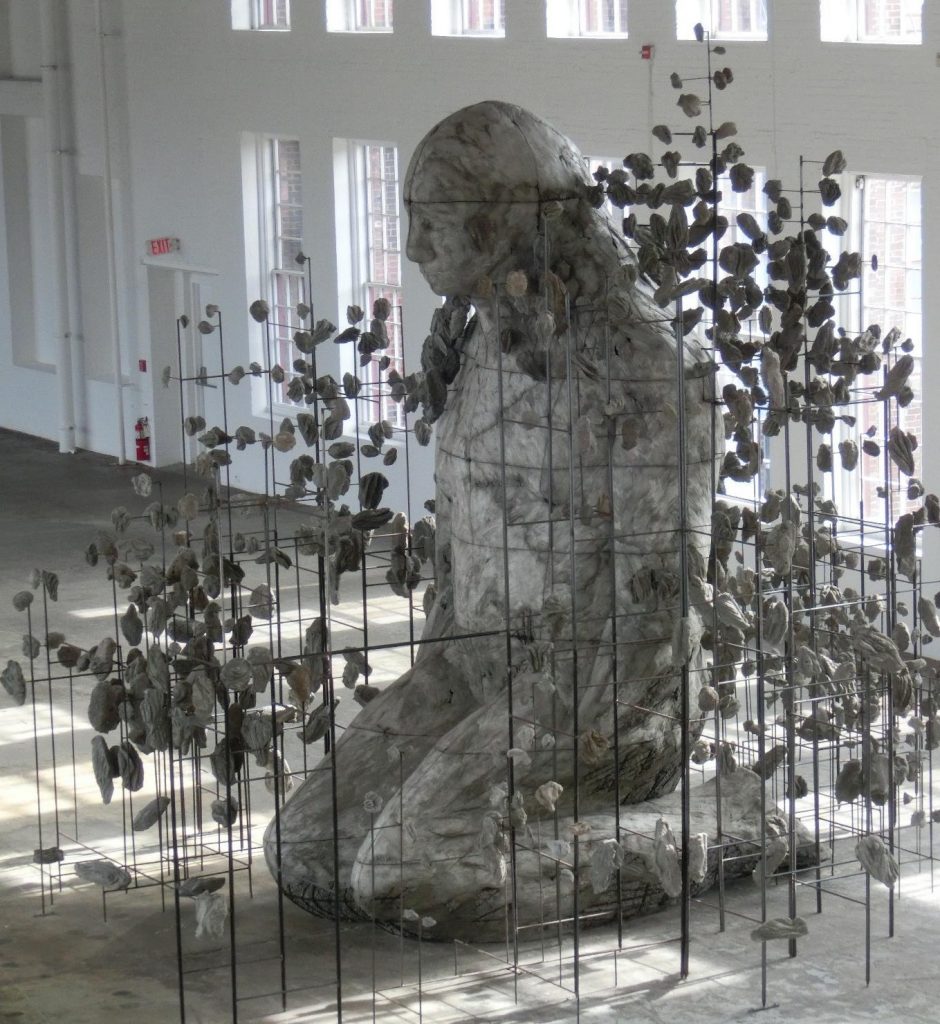‘Escape to the Blue Sea’ is a 30×40 cms large original expressionist seascape painting of a blue sea with a boat in the middle of it. The colours are blues, lilacs and pinks and the scene shows a small boat sailing amidst the blue sea, as a wave breaks on the beach from the calm sea. My aim in painting this was to limit my usually very bright colour palette to just a few colours as I wanted the scene to be relaxing and contemplative. The sky above is extremely dramatic symbolizing as though the calm may end soon. I think the sea speaks to all of us and I often paint seascapes in order to have bit of a reminder of that holiday feeling you get when looking out over an ocean. It is painted on deep edge canvas, white edges, ready to hang, no frame needed.

Akangsha Chakraborty
An artist based in Delhi and I paint large original landscape and seascape paintings in oil on canvas. In her words…
“My painting style is a fusion of Expressionist, Semi-abstract, a little Art Nouveau and whatever mood I am in that day. I am inspired by the patterns of nature and the energy, colours and spaces of the landscapes and animals around me. I like to think that paintings have ‘little souls’ woven into them by artist’s and that these are what call to a viewer (or not as the case may be) and give a painting presence and desirability. My aim is to make art that offers a glimpse of spaces and possibilities where people can escape the manic pace of life and imagine themselves somewhere better – even if just for a little while.”

